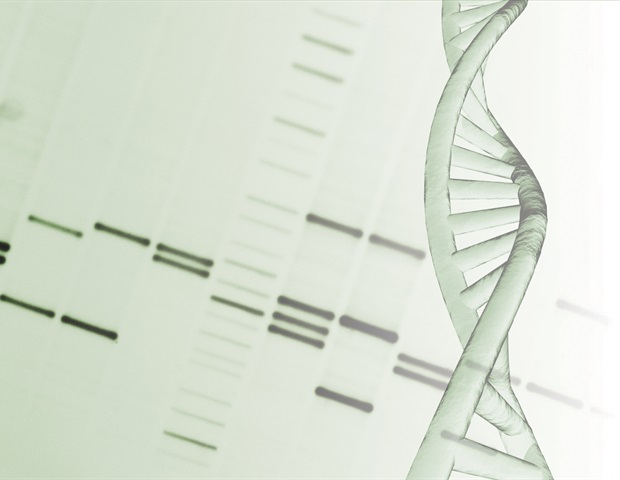
[ad_1]

A global crew of scientists led by geneticists and illness biologists from the College of Oxford and LMU Munich have used historic DNA to hint the evolution of Marek’s Illness Virus (MDV). This international pathogen causes deadly infections in unvaccinated chickens and prices the poultry trade over $1 billion per 12 months. The findings, revealed as we speak within the journal Science, present how viruses evolve to change into extra virulent and will result in the event of higher methods to deal with viral infections.
The crew, which incorporates archaeologists and biologists, recovered and reconstructed historic MDV sequences from archaeological chickens spanning the previous 1,000 years. By evaluating viral genomes derived from each fashionable and historic birds, they had been capable of pinpoint the genetic alterations chargeable for the elevated virulence of the fashionable virus.
Primarily based on the traditional genetic sequences, they had been additionally capable of resurrect historic organic processes utilizing mobile assays, demonstrating that historic strains had been considerably milder than their fashionable counterparts.
This breakthrough not solely sheds gentle on the evolutionary historical past of MDV, but additionally holds promise for the event of simpler therapies towards this devastating poultry illness.
This new research is predicated on DNA remoted from rooster bones that had been excavated from 140 archaeological websites in Europe and the Close to East. These historic genomes revealed that MDV was widespread in European chickens no less than 1,000 years earlier than the illness was first described in 1907. This highlights the significance of preserving archaeological stays, particularly given their energy to disclose beneficial insights into the evolution of virulence.
When first described, this illness solely led to delicate signs in older chickens. As rooster consumption dramatically elevated within the Fifties and Nineteen Sixties, MDV has continued to evolve and has change into more and more aggressive regardless of the event of a number of vaccines.
Our findings not solely unravel the evolutionary historical past of the Marek’s Illness Virus but additionally present a basis for enhancing our present understanding of pathogen virulence. By combining historic DNA strategies with fashionable genomics, we have opened a window into the previous that may information future methods in managing viral illnesses.”
Dr Steven Fiddaman, First Creator, Division of Biology, College of Oxford
Professor Naomi Sykes (College of Exeter), lead archaeologist on the research, acknowledged: “This research underscores the profound significance of organic materials preserved in archaeological and museum collections since we can’t foresee how their investigation may possess transformative functions sooner or later.”
Professor Laurent Frantz (LMU Munich), co-senior writer of the research acknowledged: “Our work highlights the ability of interdisciplinary collaboration, bringing collectively paleogeneticists, virologists, archaeologists, and biologists to unravel the complicated evolutionary historical past of a pathogen with vital financial and agricultural implications.”
Professor Greger Larson (College of Oxford), co-senior writer commented: “Now we have seen how mitigating illnesses typically creates a variety stress that will increase the virulence of the virus. With the ability to watch this course of happen by sequencing historic virus genomes reveals simply how dramatically the virulence of MDV has elevated prior to now century.”
Professor Adrian Smith (Division of Biology, College of Oxford), co-senior writer mentioned: “Historical DNA has supplied us with a singular perspective on the emergence of MDV as a lethal rooster virus and should train us classes which are relevant to the management of different viral infections of medical and veterinary significance.”
Professor Venugopal Nair, Scientist Emeritus at The Pirbright Institute, mentioned: “Findings from this paper on the origins of virulence, significantly related to the genetic sequences of the traditional Marek’s illness viruses, will present nice scientific alternatives to discover the molecular mechanisms of accelerating virulence of this virus that coincided with the intensification of poultry farming from the Nineteen Sixties.”
Supply:
Journal reference:
Fiddaman, S. R., et al. (2023). Historical rooster stays reveal the origins of virulence in Marek’s illness virus. Science. doi.org/10.1126/science.adg2238.
[ad_2]